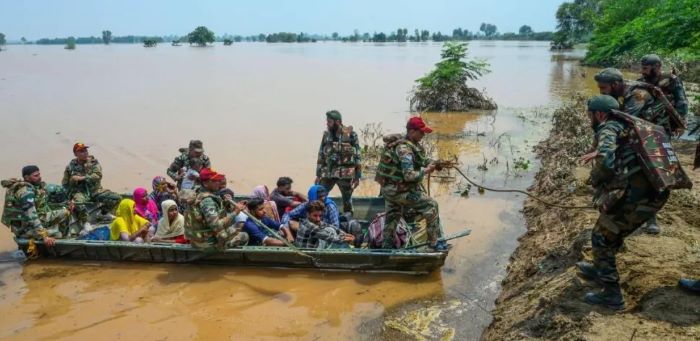 Establishing a systematic registration process is crucial for effective relief distribution. Create centralized registration systems using local schools, community centers, or mobile units to reach all affected areas. Every flood victim family should be registered with their specific needs documented – whether they require food, shelter materials, medical care, clothing, or clean water. Conduct rapid needs assessments in each affected village or area to understand the most urgent requirements and prioritize accordingly. This initial step prevents duplication and ensures that relief efforts are targeted where they’re needed most.
Establishing a systematic registration process is crucial for effective relief distribution. Create centralized registration systems using local schools, community centers, or mobile units to reach all affected areas. Every flood victim family should be registered with their specific needs documented – whether they require food, shelter materials, medical care, clothing, or clean water. Conduct rapid needs assessments in each affected village or area to understand the most urgent requirements and prioritize accordingly. This initial step prevents duplication and ensures that relief efforts are targeted where they’re needed most.
Strategic Distribution Hub Network
Setting up well-located distribution points is essential for reaching all flood victims efficiently. Establish multiple distribution hubs across affected areas, utilizing schools, temples, gurdwaras, community halls, or large open spaces that remain accessible despite damaged infrastructure. For remote or severely affected villages, create smaller satellite distribution points that can be reached even with limited transportation options. Ensure these hubs are easily identifiable and accessible to elderly and disabled community members.
Coordination and Leadership Framework
Form a central coordination committee comprising local government officials, NGO representatives, community leaders, religious organization heads, and volunteer coordinators. This committee should meet daily to assess evolving needs, track available inventory, and prevent overlapping efforts that waste resources. Assign specific geographical areas or villages to different organizations to ensure comprehensive coverage without duplication. Clear communication channels between all stakeholders will prevent confusion and improve response efficiency.
Priority-Based Distribution System
Implement a systematic approach that prioritizes the most vulnerable populations first. Focus initial efforts on children, elderly individuals, disabled persons, pregnant women, and families who have lost everything in the floods. Create separate distribution queues or designated time slots for priority groups to ensure they receive assistance without competing with others. Emergency medical supplies and critical food items should reach the most affected areas before general distribution begins.
Inventory Management and Tracking
Maintain detailed records of all donated materials, including quantities, types, conditions, and expiry dates for perishable items. Use simple but effective tracking systems such as spreadsheets or mobile applications that volunteers can easily manage. Organize items by categories – food supplies, clothing sorted by sizes, medical supplies, blankets, and emergency equipment. This systematic approach ensures that specific needs can be matched with available resources quickly and prevents spoilage or waste.
Community Engagement and Local Leadership
Leverage local knowledge and community trust by training and deploying volunteers who understand the area and its people. Work closely with village headmen, religious leaders, women’s self-help groups, and other established community networks that already have people’s confidence. These local leaders can help identify genuine need, prevent fraudulent claims, and ensure that distribution methods respect cultural sensitivities and local customs.
Scheduled Distribution Operations
Develop and communicate clear schedules with designated days and times for different villages or neighborhoods. This systematic approach prevents overcrowding at distribution points and ensures that every area receives attention. Use loudspeakers, community announcements, local messengers, or simple signage to inform people about distribution schedules well in advance. Consider creating separate time slots for men and women if culturally appropriate or if it improves access for female-headed households.
Mobile Relief Teams for Remote Areas
Organize mobile distribution units equipped with trucks, boats, or other appropriate vehicles to reach isolated communities where residents cannot travel to main distribution centers. These teams should carry essential survival items and have reliable communication equipment to report back on urgent needs or emergency situations. Mobile teams can also conduct rapid assessments in areas that haven’t been reached by the main coordination efforts.
Transparency and Accountability Measures
Ensure complete transparency by posting distribution schedules, available items, and eligibility criteria prominently at all distribution centers. Maintain comprehensive beneficiary lists and implement token or card systems to prevent individuals or families from collecting supplies multiple times. Share daily distribution reports with the coordination committee, local authorities, and the community to build trust and allow for continuous improve
Skip to content
India Top New